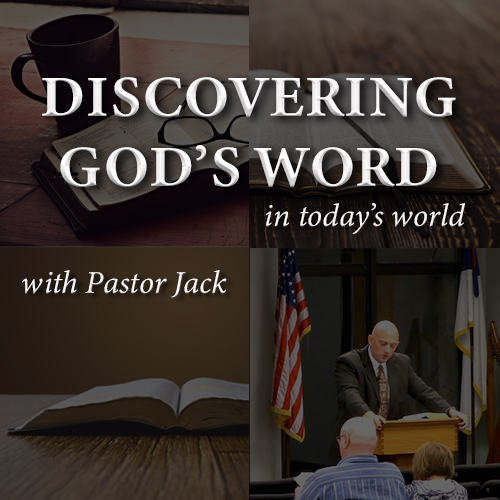The Bible’s redemption story comes to us through real people and real places. The Old Testament story contains many dates, names, and places, which can be overwhelming and confusing. However, familiarity with the following five people and three locations will significantly increase our understanding of the first 75% of Scripture.
Five Central Characters:
Adam (Genesis 1-5) Adam and Eve are God’s image bearers and stewards of God’s perfect creation. In Adam, mankind falls, followed by the chaos and pain of sin. At the fall, God’s plan of rescue and redemption is revealed. (Gen. 3:15-19)
Noah (Genesis 6-11) By the time of Noah, the human race had developed to the point of true civilization and had also deteriorated to the point where God’s only solution was to wash the world clean and start again (Gen. 6:1-7). The flood is the great “epoch divider.” The mysteries of the ancient world were washed away. (I Peter 3:18-22; II Pet. 2:4-5)
Abraham (Genesis 12-50) After the tower of Babel, God ceases to speak to the nations. Instead, he calls Abram out of the Ur of the Chaldees, promising him a son, a nation, the promised land, and the Messiah (Gen. 12:1-3). To Abraham and Sarah are born Isaac. To Isaac is born Jacob (whom God renames “Israel”). Seventy persons from Jacob’s tribe followed Joseph down to Egypt and settled in the Nile Delta. In Egypt, Israelites became marginalized and subjugated and eventually became one of the slave races serving Pharoah. God saw their affliction, heard their cries, and sent them a deliverer.
Moses (Exodus-Judges) Moses is God’s man for God’s hour. He is a savior for the people of Israel. Confronting the power of Egypt with God’s power, Moses leads God’s people out of slavery and into a new life.
By Moses, God gave his law to the children of Israel. At Saini, the people of Israel become a nation under God, and the journey to the promised land begins.
David (I Samuel-2 Chronicles) David was born when Israel did not have a centralized government. The people call for a king. After the disappointing reign of King Saul, God chooses a man after his own heart, David. With David, a dynasty begins, and a covenant is made. David becomes the paradigm for all other kings and points to a King whose rule is without end.
Three General Areas:
Mesopotamia – means the “land between the rivers.” The fertile crescent between the Tigress and the Euphrates rivers housed the nations of Assyria and Babylonia.
Israel – also known as Canaan and Palestine. This region was the only land bridge between ancient civilizations in the Ancient Near East. Caravans and armies would constantly travel between Mesopotamia and Egypt.
Egypt – The Israelites moved to Egypt during the time of Joseph and were later rescued from bondage in that land under Moses’ leadership (Ex. 1-12).


